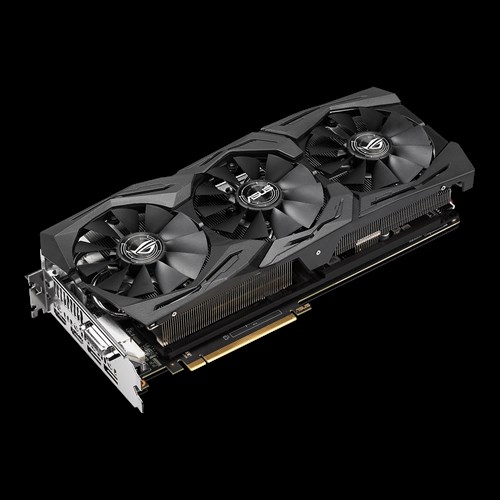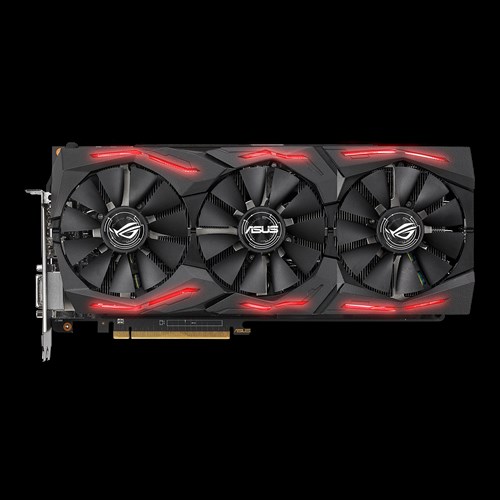The idea that Nvidia can delay because AMD is not competive is not 100% true...
So much so, that it is pretty much 100% false. Anyone working on any sort of development project, knows it doesn't slow down because you are watching the competition fumble.
Successful projects never take their eye of off the ball, never let up on the gas (insert more cliches here, they all apply). It's an internal race and it always goes full speed. There are usually time and performance based incentives, tied to your bonuses. The internet meme that one company can now wait because their competition is screwing up, is absurdly wrong. It just doesn't work that way.
Consumer Volta is full steam ahead, which it probably has been for about 2 years now (NVidia likely has parallel teams), they almost certainly have finalized designs for the whole family, tape outs for the leading ones, and are working deeply with TSMC on the process side. I expect Consumer Volta to arrive on 10 nm, while GloFo volume products will still be on 14nm. Giving NVidia a BIG process advantage on top of their architecture advantage.
![[H]ard|Forum](/styles/hardforum/xenforo/logo_dark.png)



